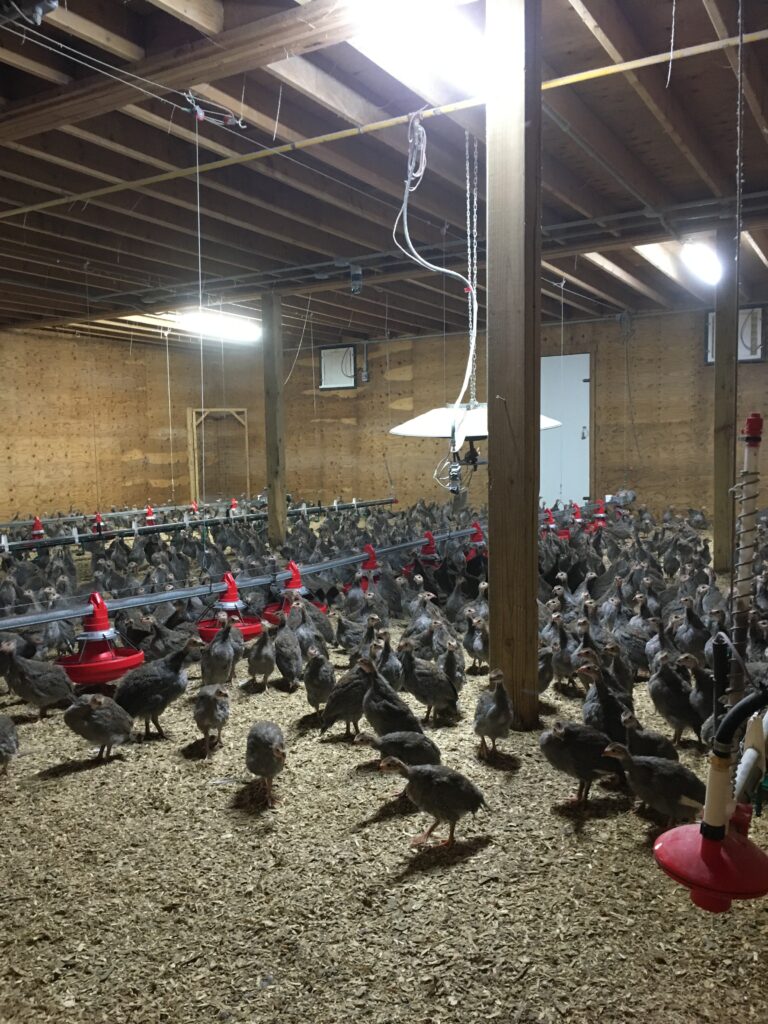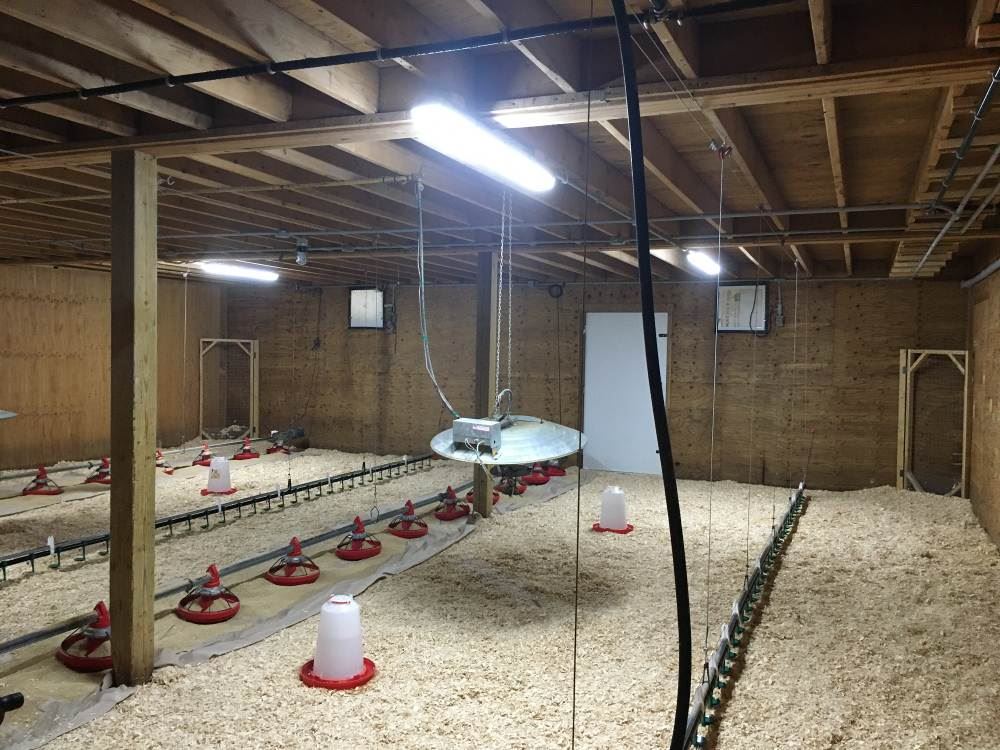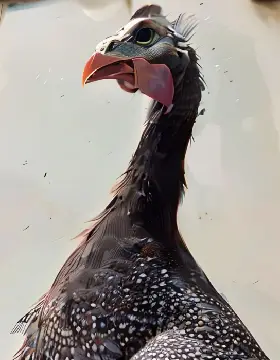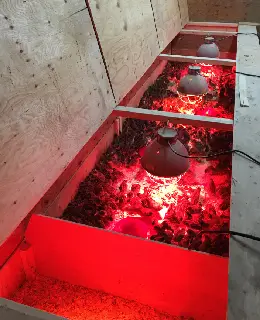
Keets: Practical guide for rearing and expert advice
The domestic guinea fowl, also called the Numidian guinea fowl (Numida Meleagris) and crested guinea fowl, is a game bird that develops well in an aviary despite its wild nature. It is the size of a small chicken and has grayish plumage with white dots that appear to be painted.
No Vaccines
No Antibiotics
Known for 2000 years, the guinea fowl originates from Africa, where it is still sometimes found in the wild. Rearing guinea fowl, or meleagriagriculture, is now practiced in almost all parts of the world, and is particularly developed in France.

Useful Resources
Originating in Africa, where they live in the wild, guinea fowl were introduced to France where they enhance or complete farmyards. Guinea fowl, with their dark gray plumage dotted with white, are raised for their firm, tender, and flavorful meat. France is the world's leading producer, consumer, and exporter of guinea fowl.
+ 20
Years of expertise in rearing
#1
in Canada and Only federal hatchery specializing in keets
100%
Vegetable feed
3
Specialized Facilities



Why choose guinea fowl?
Fresh, the guinea fowl should have a nice skin color: straw yellow, orange, to a slightly grayish brownish yellow. The guinea fowl can be stored for 8 days in the refrigerator and up to 18 months in the freezer.
Delicious baked, pan-fried, grilled, or à la plancha
Whole guinea fowl is easy to cook and flavorful when roasted, while the cuts (thighs and supremes) are ideal for quick preparations (pan-fried, barbecue, plancha, etc.) aimed at all today's consumers: from the gourmet expert to young professionals and single individuals looking for practicality and simplicity.



What Our Clients Are Saying
4.8
Trusted by Over 50 Distributors

